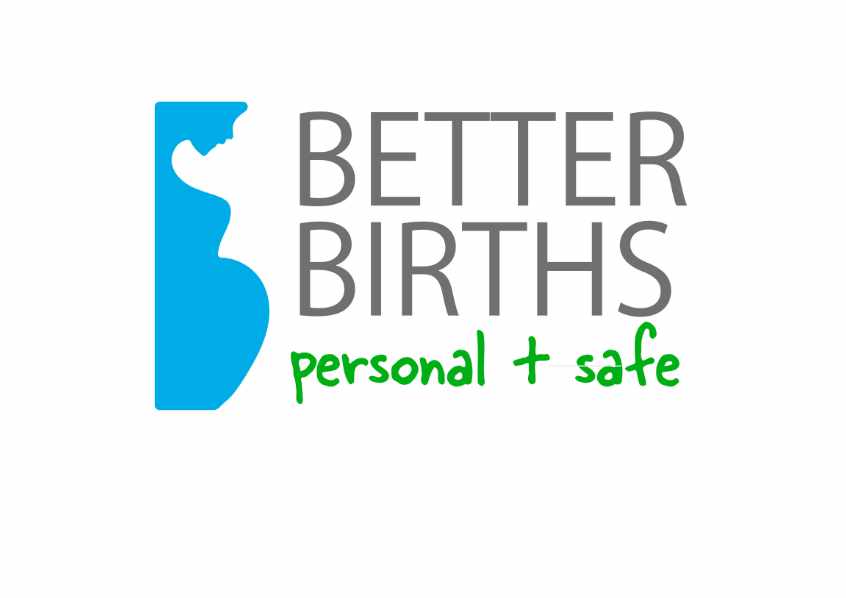News & updates

Maternity Transformation Programme Bulletin No.122: 9 November 2022
Nov 25, 2022
Maternity Transformation Programme Bulletin No.122: 9 November 2022 In the bulletin this week: - Perinatal Post-Mortem Policy Statement: Specialised...

My 53-year Career as a Midwife
Nov 08, 2022
Eileen Shaw, started out as a student Nurse in 1969 in Northern Ireland, before qualifying as a midwife in 1974. Eileen has since had a 53 year...

Maternity Transformation Programme Bulletin No.121: 21 October 2022
Nov 08, 2022
View the Maternity Transformation Programme Bulletin No.121: 21 October 2022


